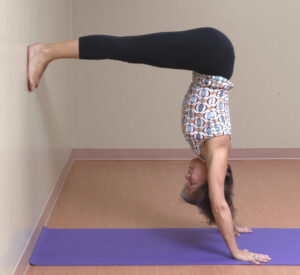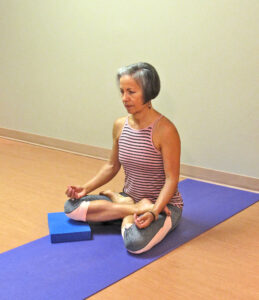Do you wonder why so many children can effortlessly pop up into Urdhva Dhanurasana (UD), regardless of their gender or strength, only to quickly lose this capacity as they age? As you may recall, by the time we reach age 11, we and they typically can no longer do the pose. What happens in that brief stretch of time that continues to decrease our flexibility and strength?
From our own childhood experiences, we realize that children can and will choose to close their hearts as a result of negative and frightening life experiences that wound them. Unfortunately, over time this closing of the heart to a perceived negative event, in itself, becomes a conditioned habit. Fear, instead of understanding, becomes our primary reactive pattern.
As an example, for several decades parents and society have purposefully taught children “not to talk to strangers”. I say ‘purposefully’ because the intent was to save children from ‘bad experiences with bad people’. The social consequences has seen these children grow into young adults that do not know how to communicate with strangers.
Firstly, if we can’t communicate with strangers, many other heart doors begin to close — friendship, career, intimate relationships, etc. Very likely we also cannot truthfully communicate with ourselves and thus don’t know who we are.
Secondly, we have not learned how to discern between those people (and experiences) who are harmful and those who are not. In other words, all people are strangers to us until we develop a relationship with them. What that relationship becomes is the learning path along which we each discern for ourselves what is good or harmful for us and for all concerned.
So, here we are all challenged with reparenting ourselves in order to become the open-hearted, loving innocents we once were, but this time with wise understanding, not gullibility. Let this back bend practice gently crack open your heart so you can receive and express loving-kindness to all that is.
Use the first posture, Bhishmasana, to begin your journey from your outer world of people and things to your inner world of sensation and awareness. Stay in the pose for 5 to 10 minutes while you follow your breath as you inhale and exhale through your nostrils. Notice how watching your breath has a calming effect on both your body and mind. While you are in this pose and each pose following, practice the Yoga Actions listed below.
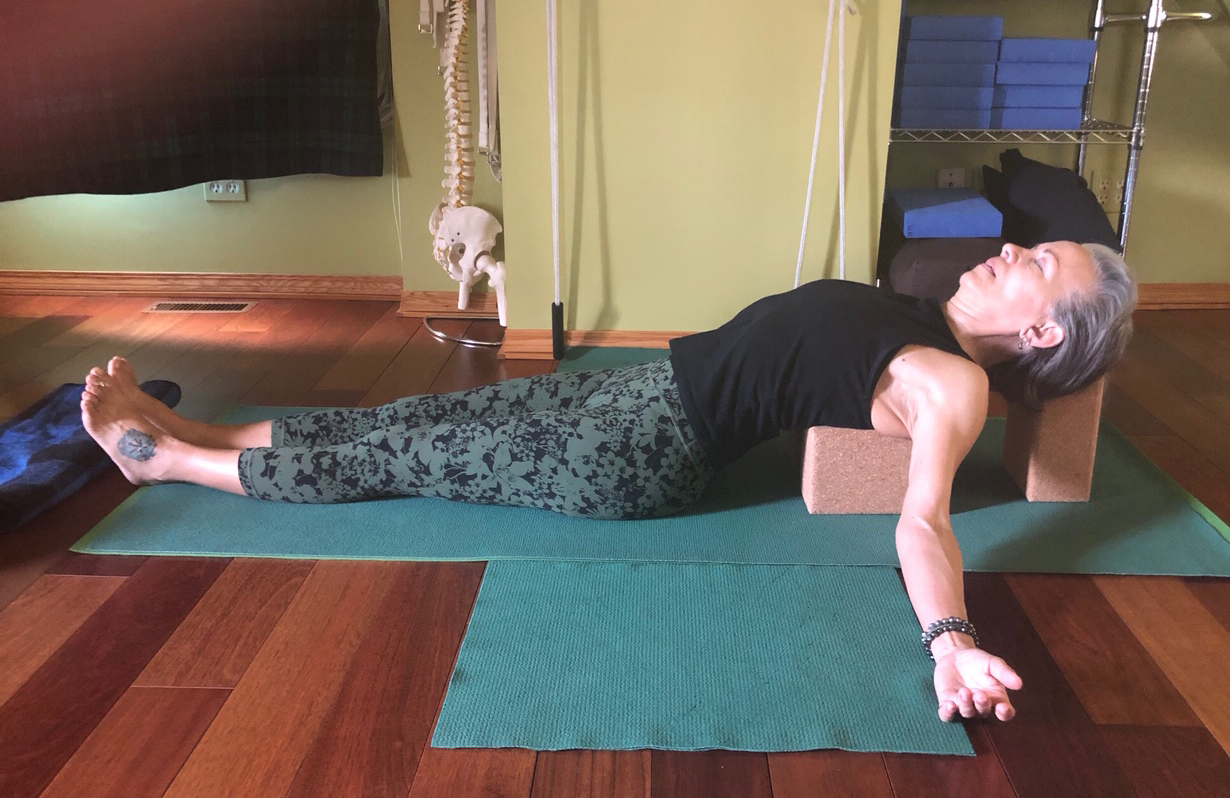
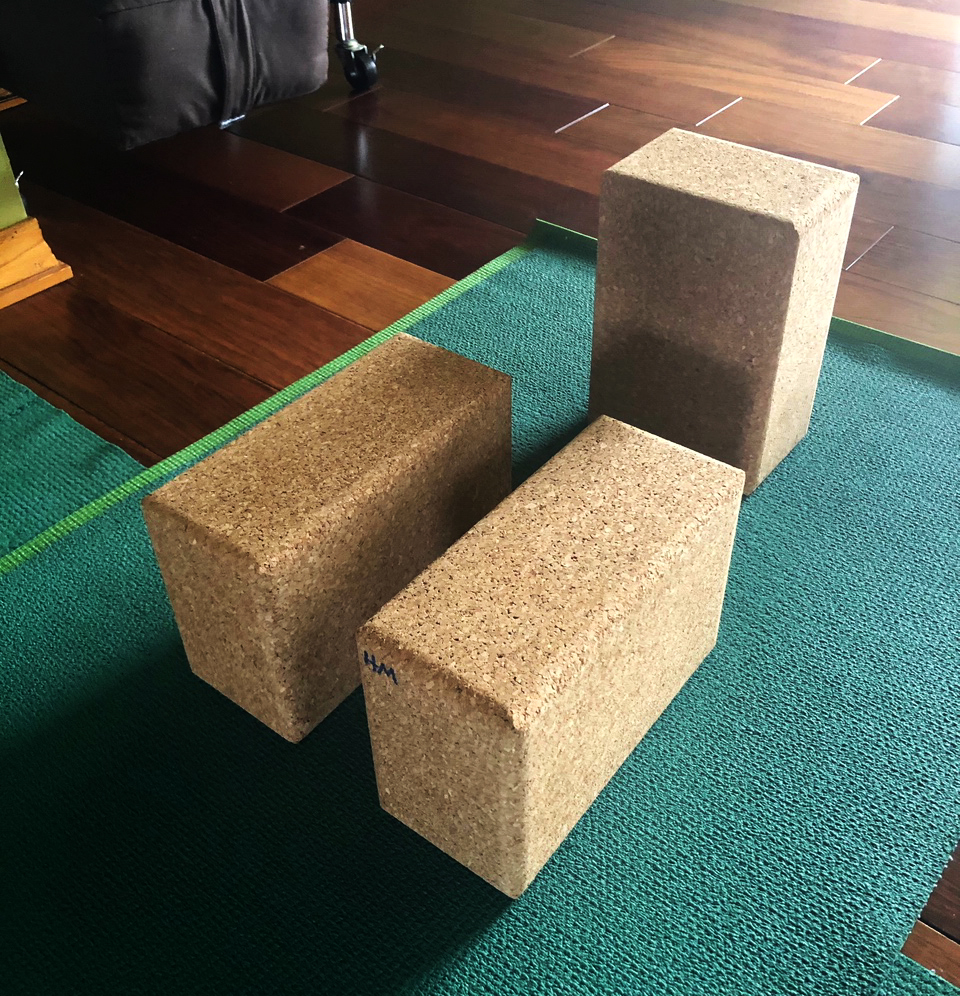
BHISHMASANA (Bed of Nails Pose) 5 – 10 minutes
– use the 3-block variation to begin opening your heart and shoulders
YOGA ACTIONS:
1. Expand across the top edges of both shoulder blades into the outer shoulders and down the arms into the four points of the hands — mounds of the index fingers, baby fingers, inner and outer heels of the palms.
2. Lift the centre of the public bone toward the navel.
3. Hook the tailbone to the back of the knees or the inner heels to ground it to the earth.
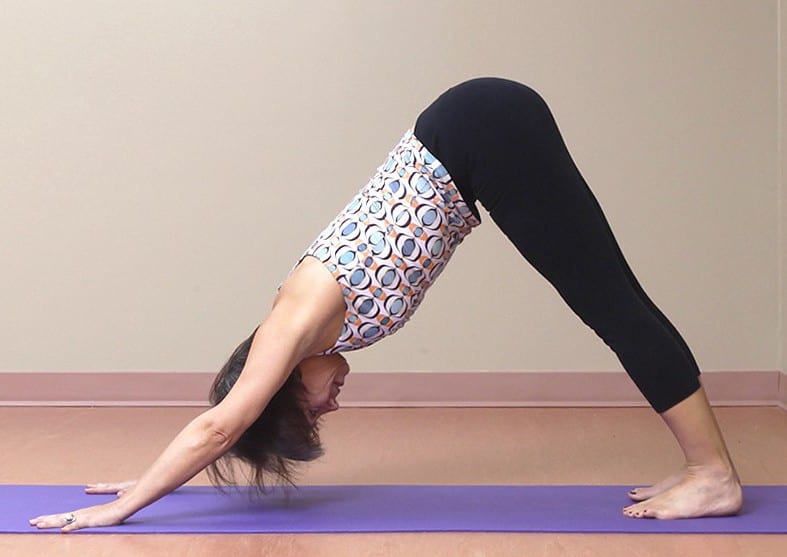
ADHO MUKHA SVANASANA (Down Dog) 10 Breaths
– take Down Dog with your hands close to a wall so you can kick up into handstand
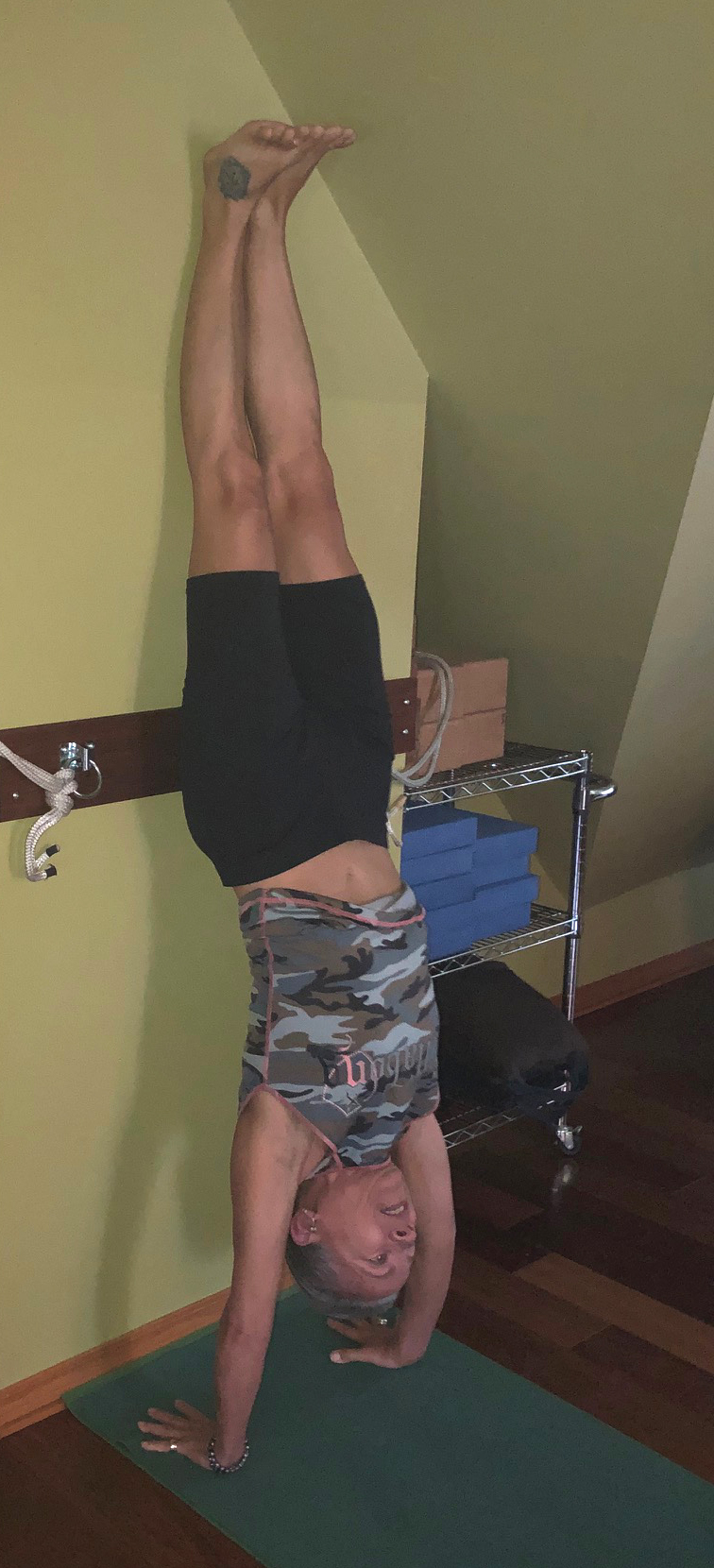
ADHO MUKHA VRKSASANA (Handstand) 5-10 Breaths
– kick up into wall or in centre of room
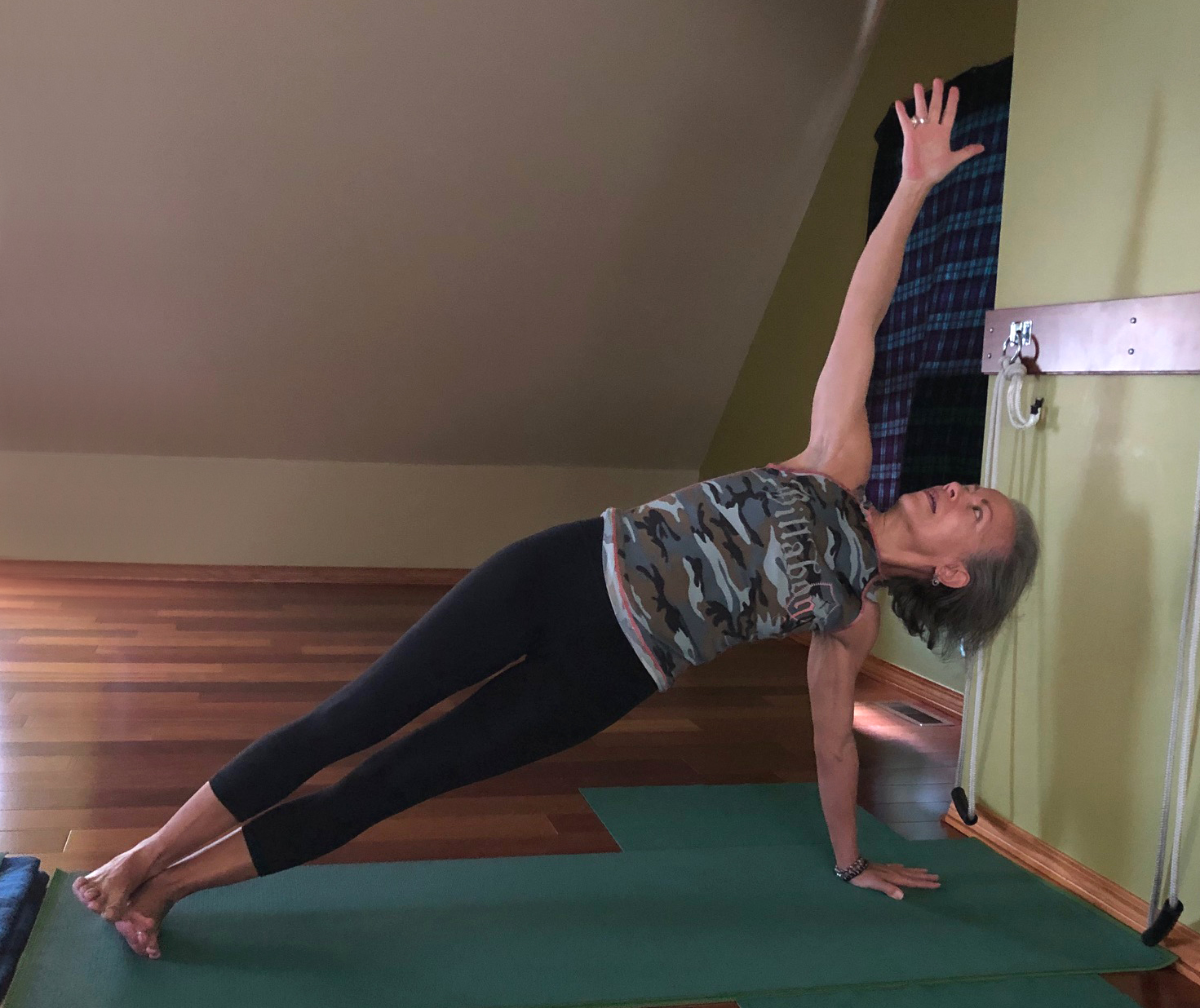
VASISTHASANA (Side Plank) 3 – 5 Bs
to
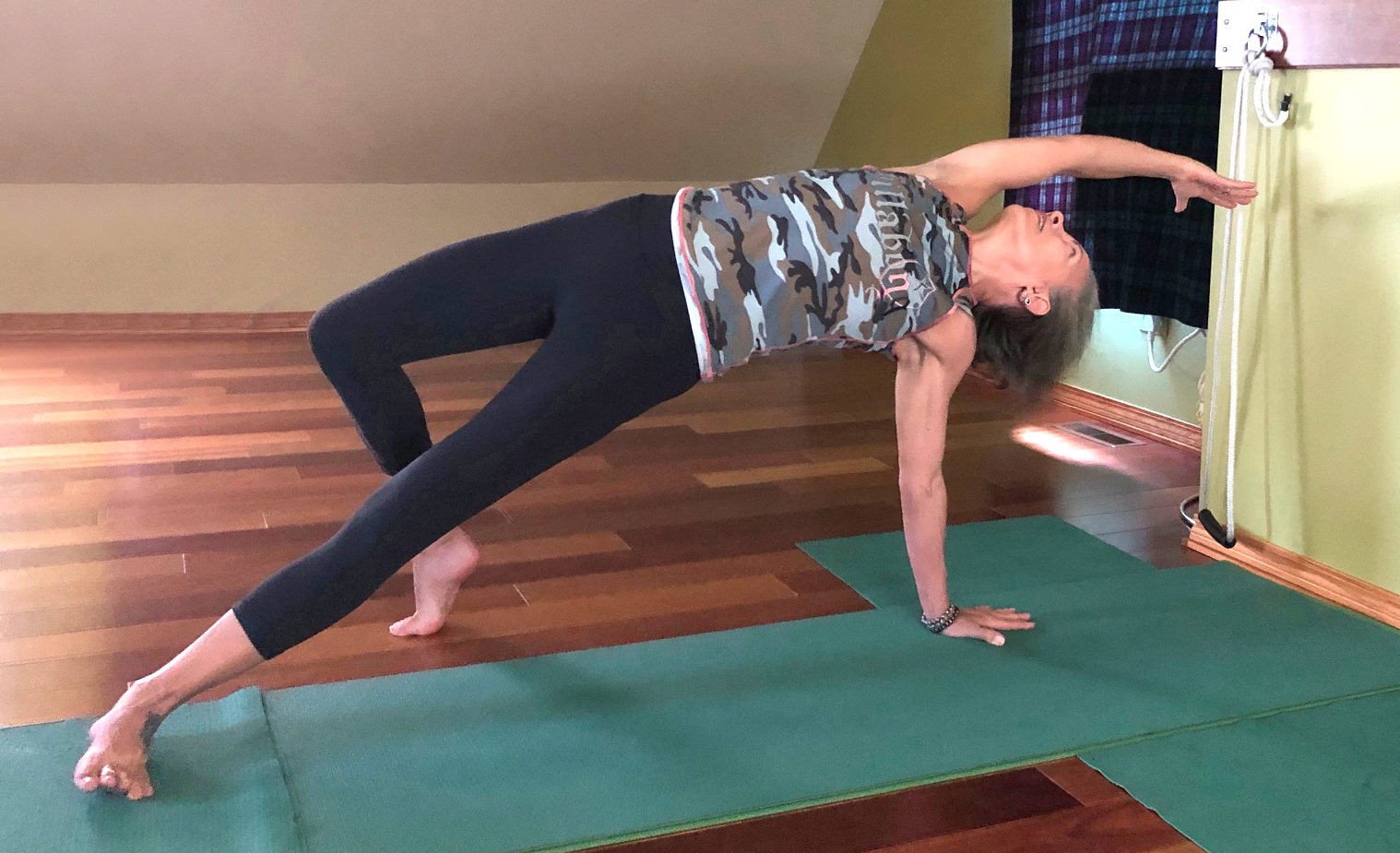
CAMATKARASANA (Wild Thing) 3 – 5 Bs
to 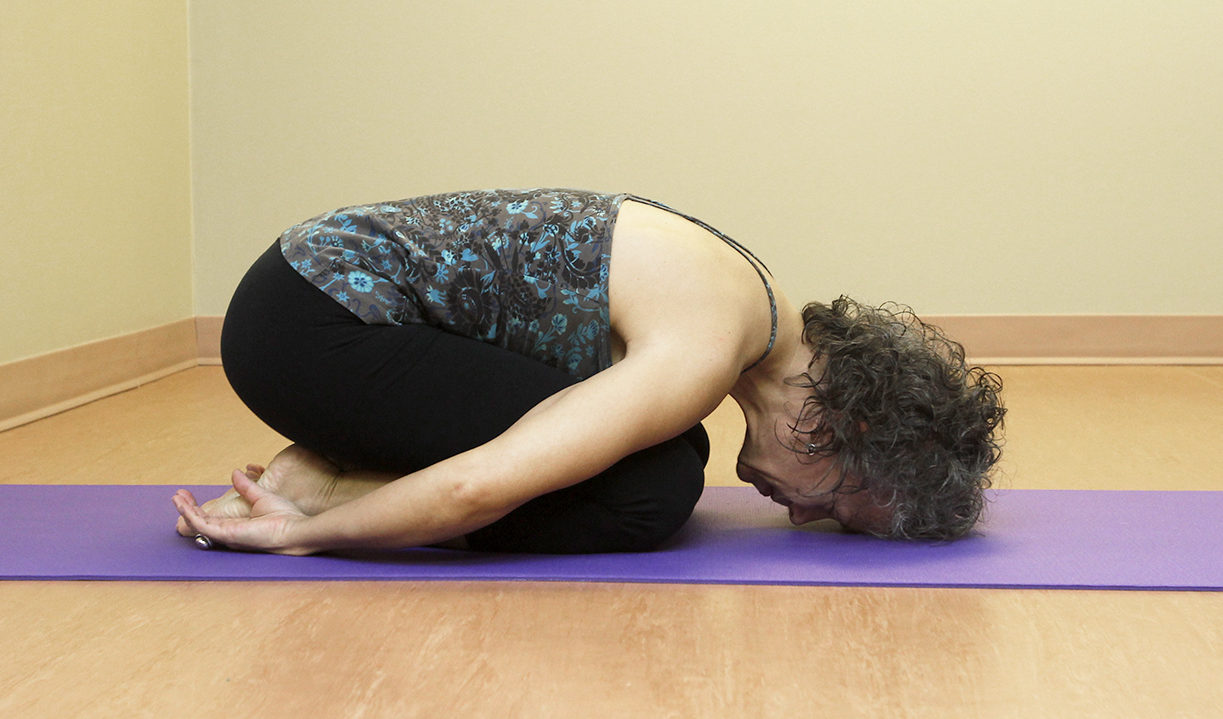
BALASANA (Child) 3 – 5 Bs
– repeat 3-pose sequence to other side
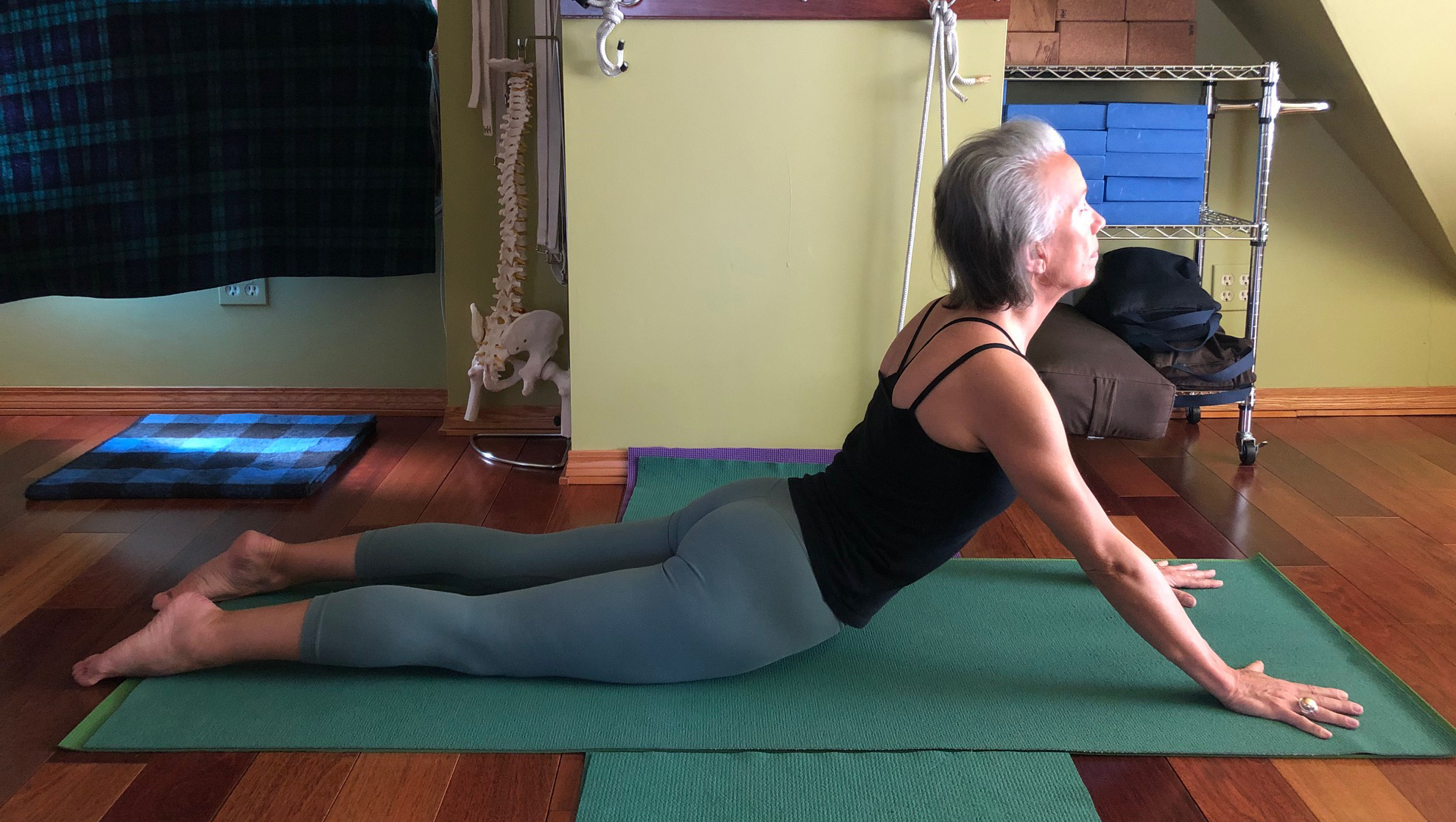
BHUJANGASANA (Cobra) 5 – 10 Bs
– keep pubic bone on mat as you lift breast bone to chin
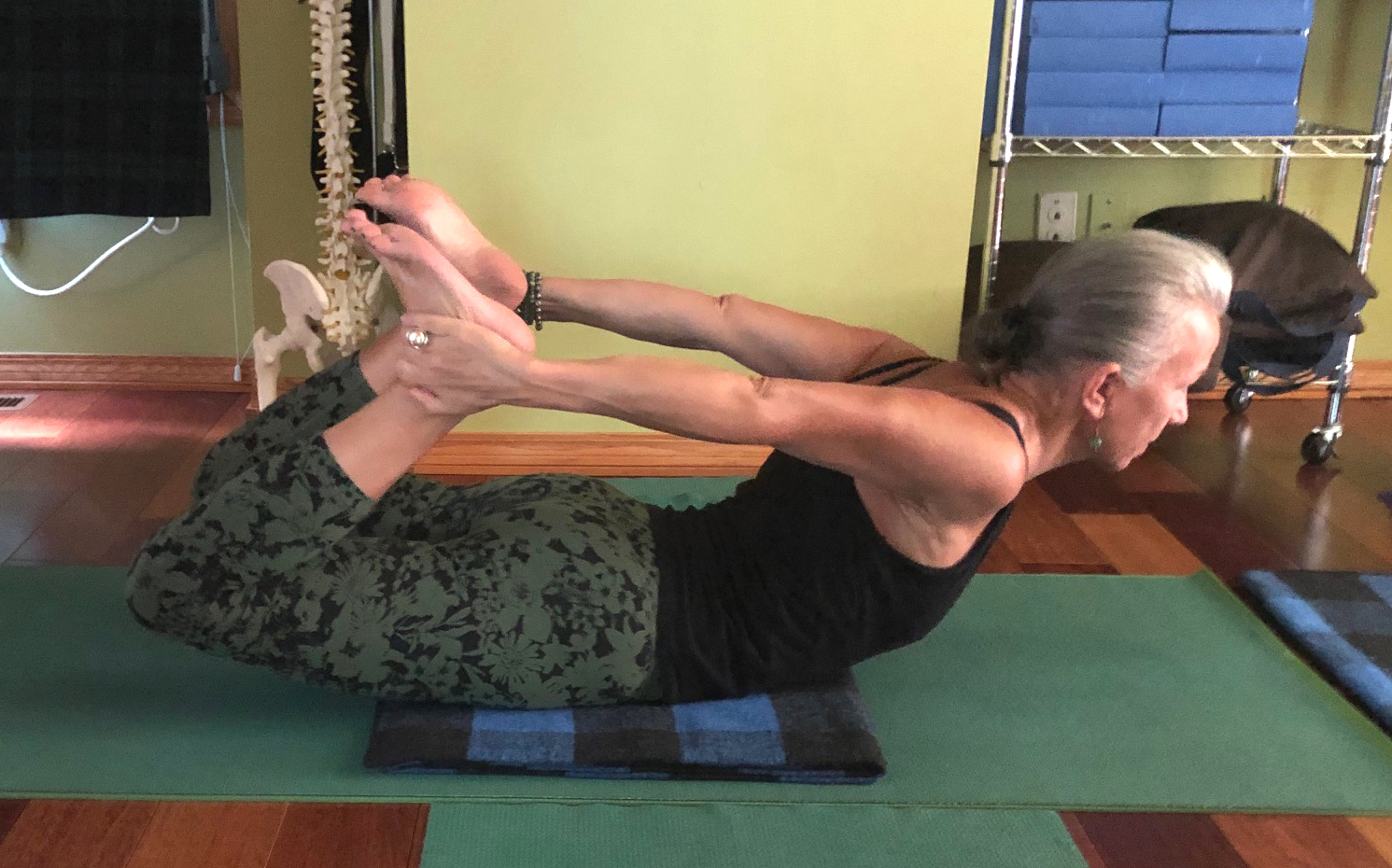
DHANURASANA (Bow) 5 – 10 Bs
– breastbone lifts as tailbone lengths to knees
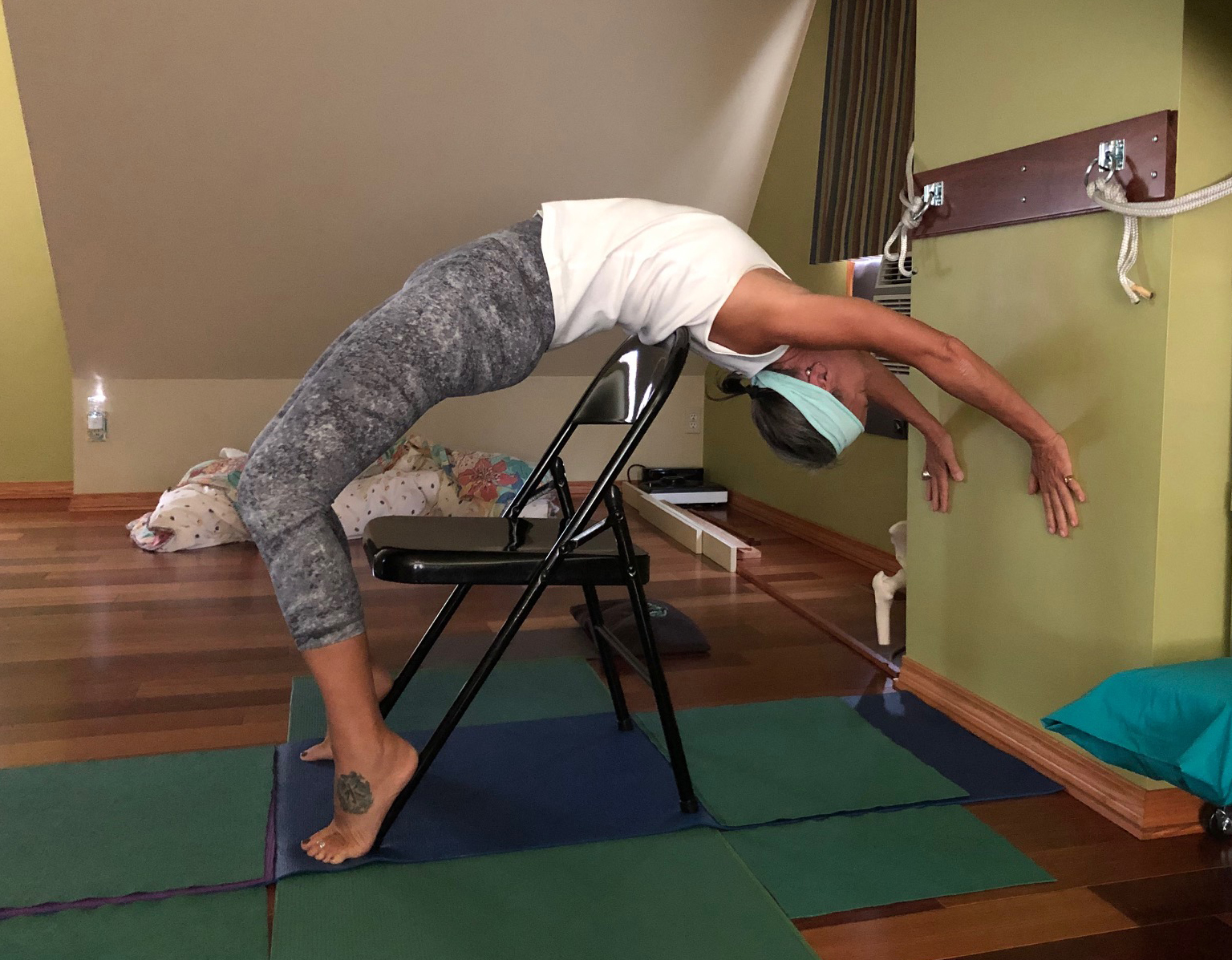
SALAMBA URDHVA DHANURASANA (Supported Upward Bow) 5 – 20 Bs
– chair at least 2 feet from wall
– sit on chair with toe mounds on floor and centre of heels firmly grounded into front chair leg
– press into feet & lift pelvis off chair; inhale arms overhead
– top of chair back supports upper thoracic spine; hands walk down wall
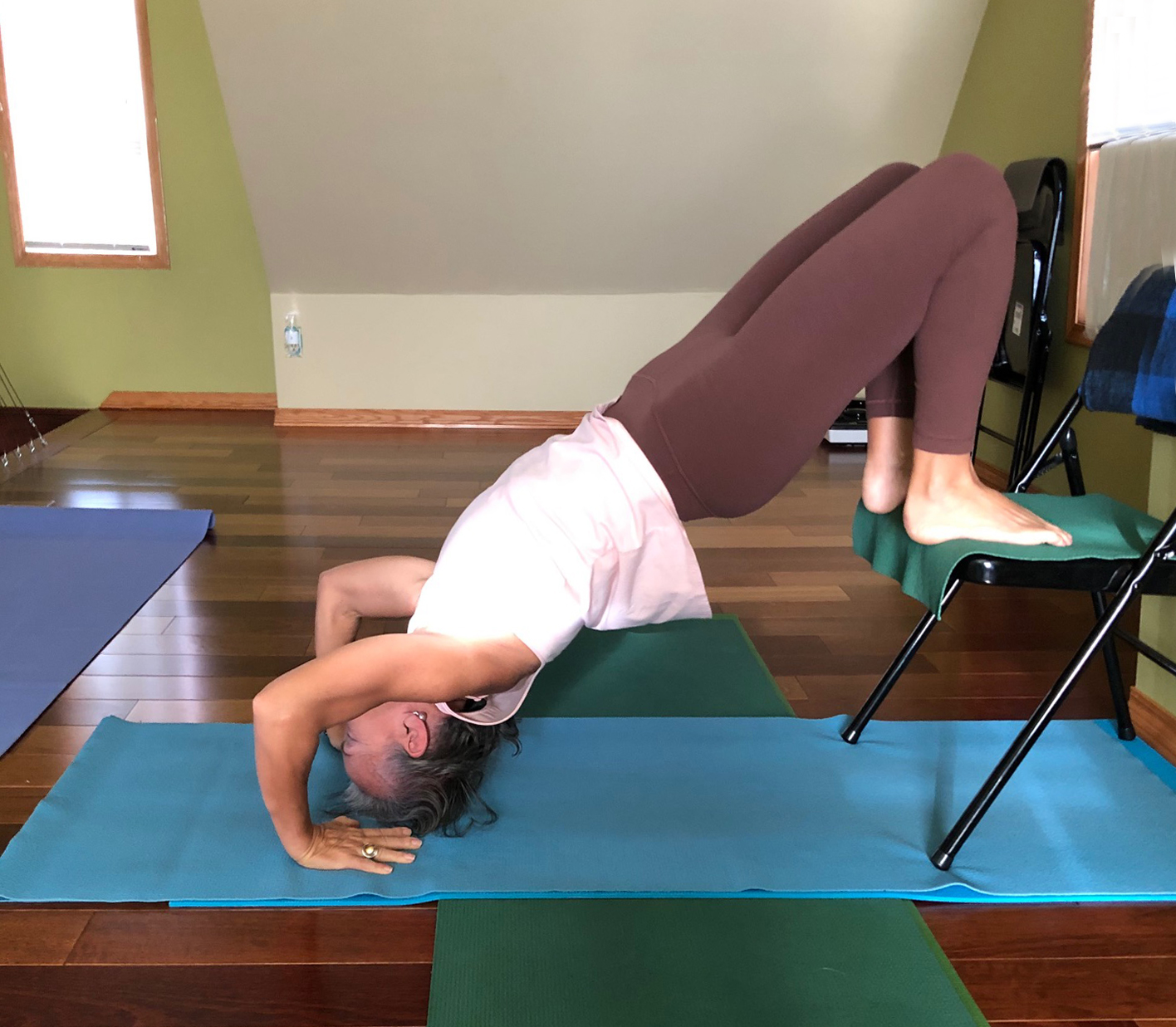
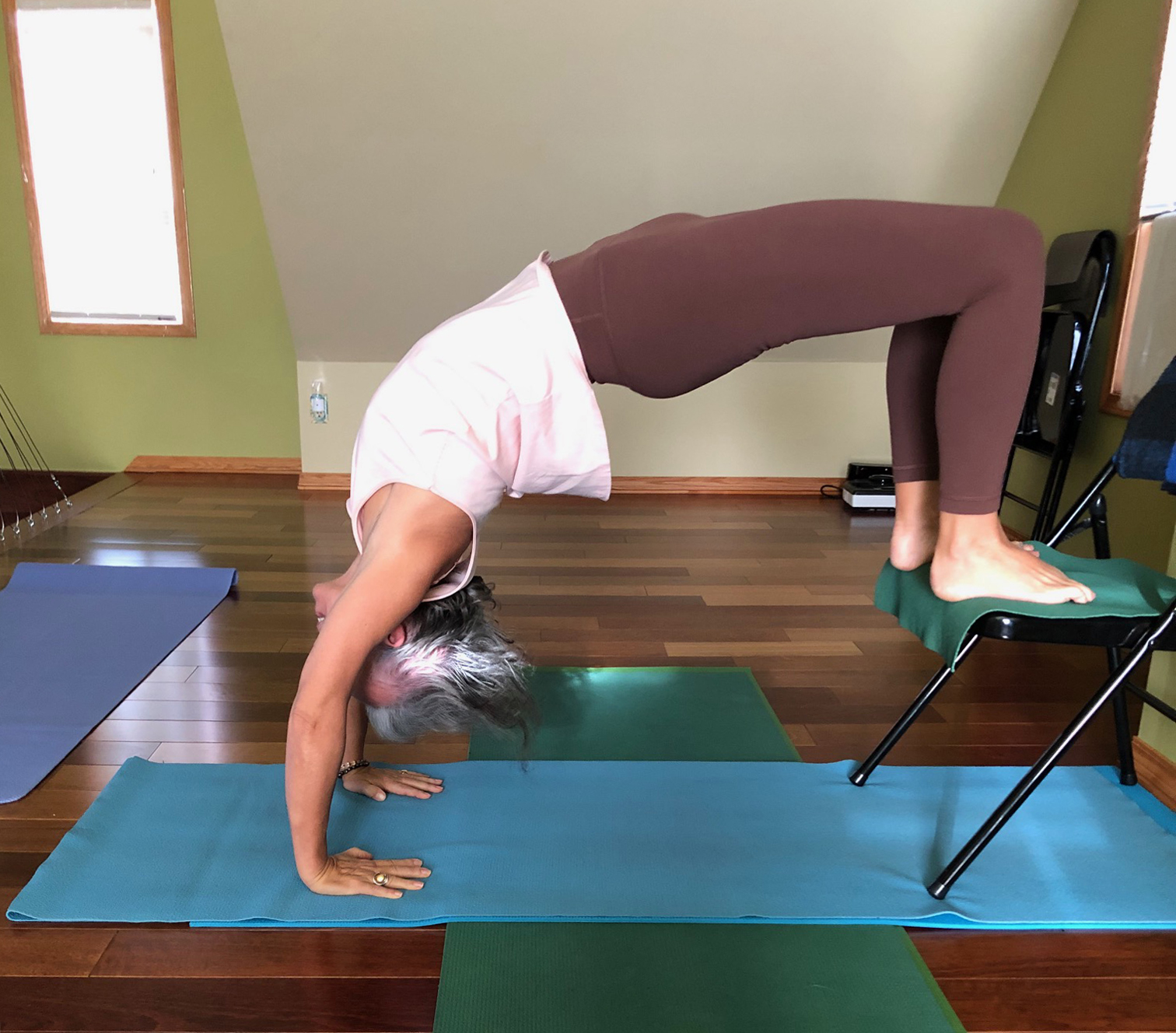
SALAMBA URDHVA DHANURASANA 5 – 10 Bs
– chair’s back rests into wall; sticky mat on chair seat
– feet on chair seat & hands in UD position
– on exhale, press into feet & hands to lift pelvis & place crown on floor
– on next exhale, press head off floor & straighten arms
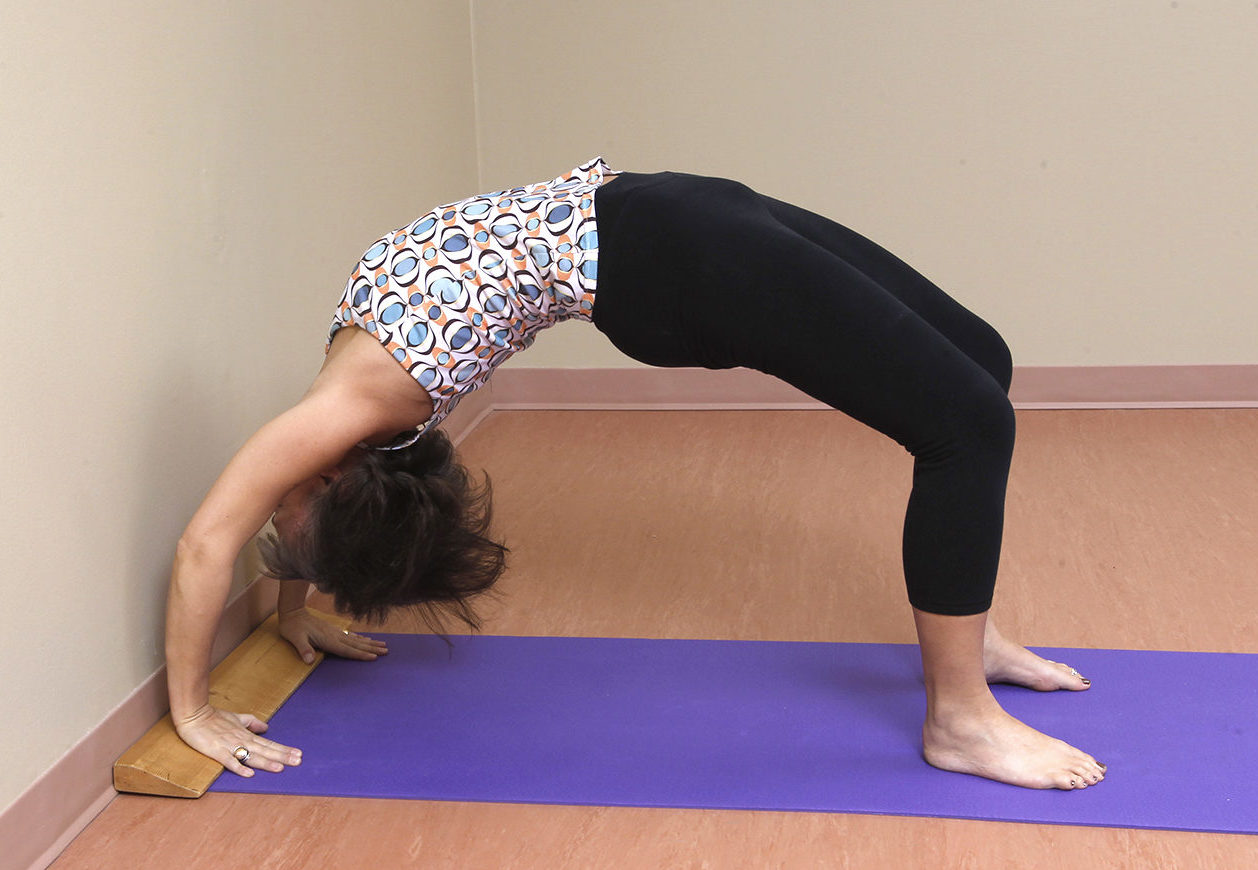
URDHVA DHANURASANA (Bow) 5 – 10 Bs
– if the full pose is beyond your capacity, then use a slant board under the hands or repeat one of the supported poses above
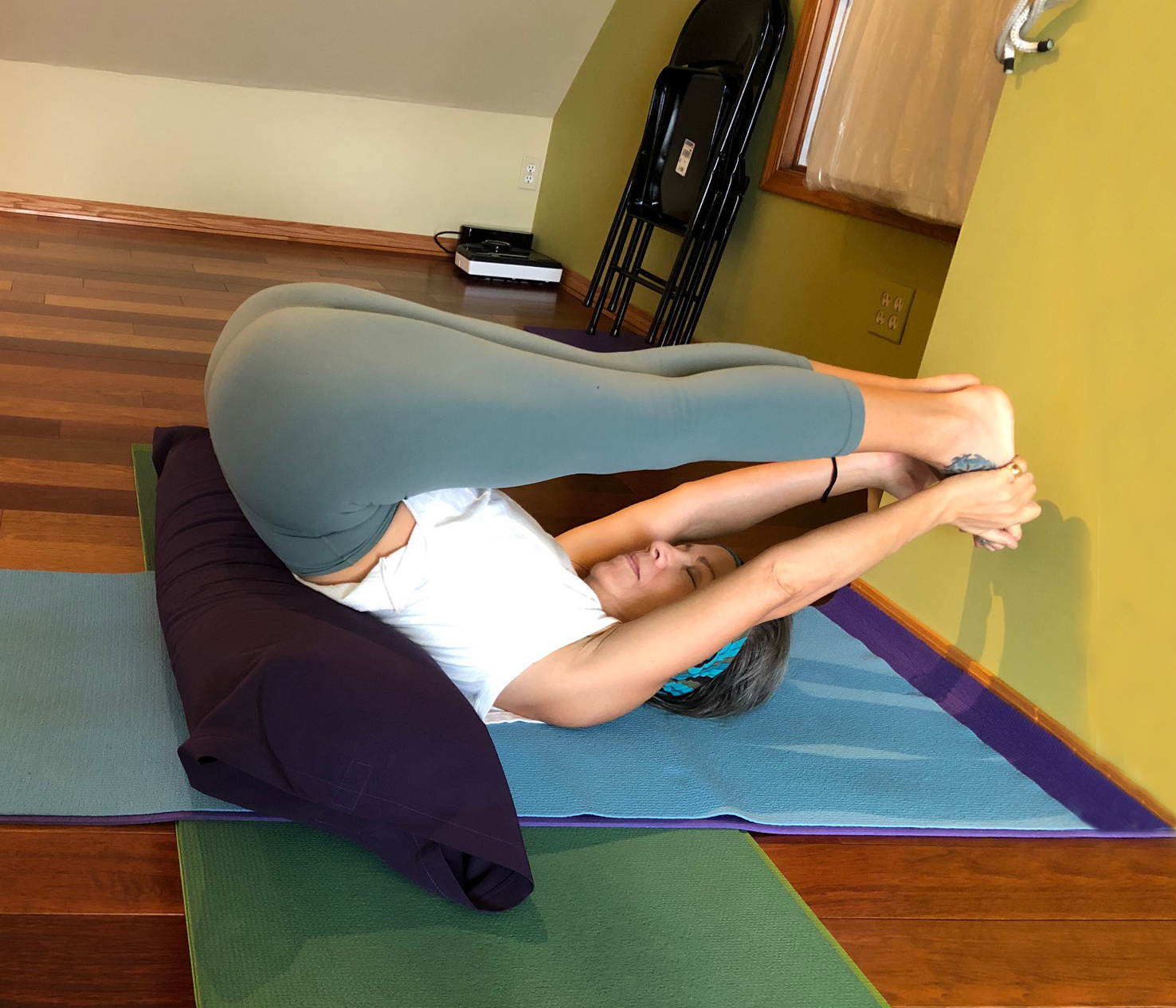
SALAMBA URDHVA MUKHA PASCHIMOTTANASANA (Supported Upward Intense Stretch) 10 – 20 Bs
– place bolster behind back of pelvis
– release legs toward torso as space becomes available
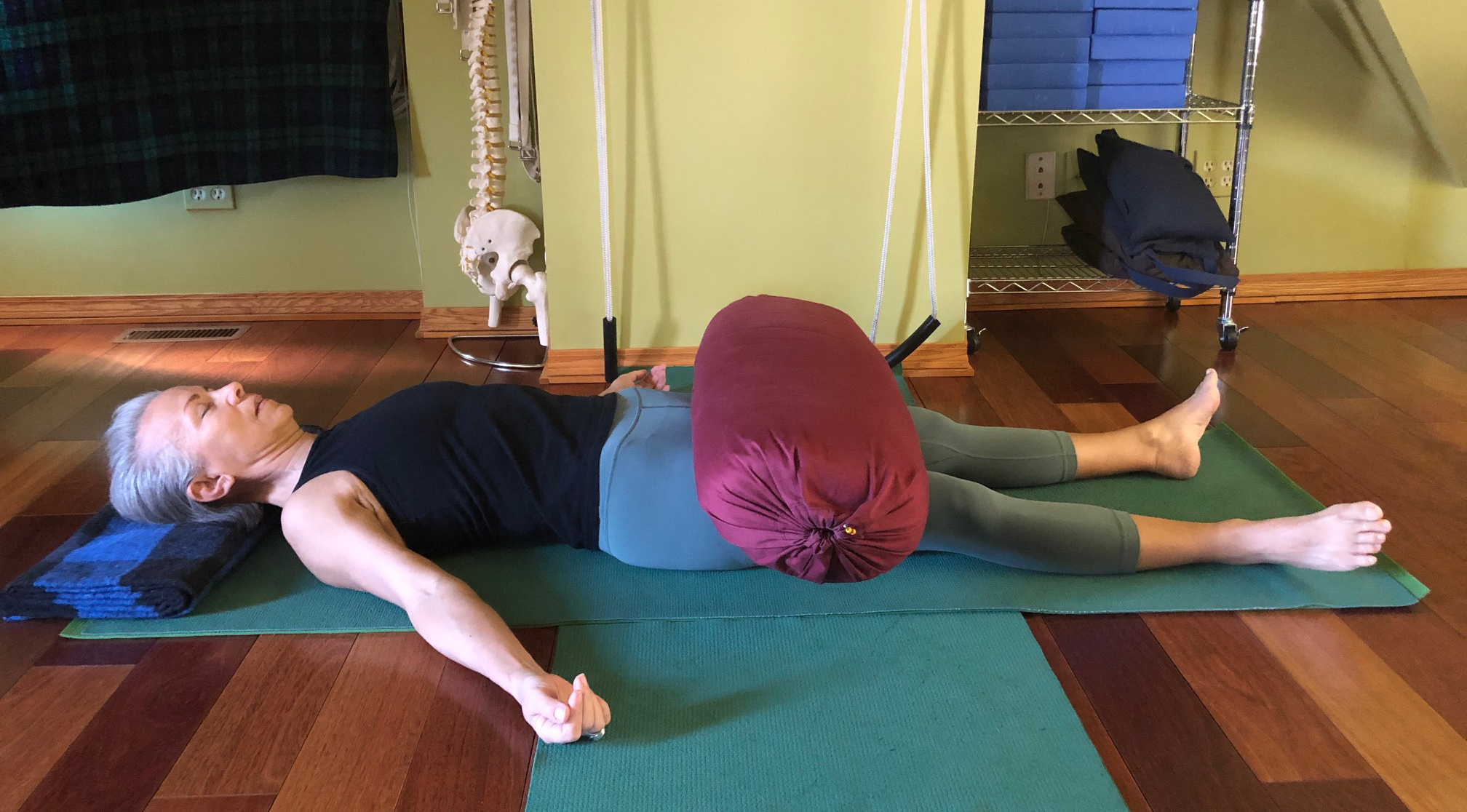
SAVASANA (Corpse Pose) 5 – 10 minutes
– place bolster or sand bags across top of thighs
May your heart fully open to the many wonders and people in the world. Namaste.


